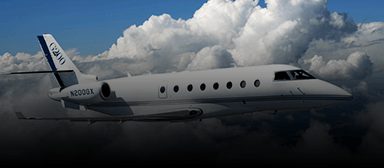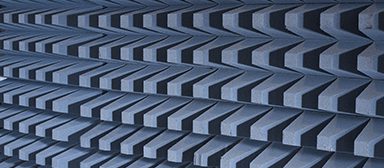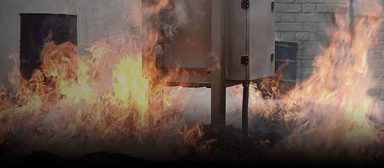Guidance to help you identify and select the applicable version of the DO-160 standard and other regulations for your aerospace product.
We often get the question: What version of RTCA/DO-160 should I use?
As per usual, it depends. RTCA/DO-160G, Environmental Conditions and Test Procedures for Airborne Equipment, is the latest version; it is dated December 8, 2010. According to an Advisory Circular dated June 22, 2011 from the U.S. DOT Federal Aviation Administration, “The FAA strongly encourages the use of RTCA/DO-160G for new articles.”
However, if the Technical Standard Order (TSO) does not specify the environmental qualification, the applicant may choose any environmental standard conditions and test procedures appropriate for their airborne equipment.
If the TSO does specify a version, you may request a deviation, in accordance with the requirements of 14 CFR part 21 subpart O, to use the conditions and procedures in a different version of RTCA/DO-160.
If the version of RTCA/DO-160 specified in a TSO is version D or later, and an applicant wishes to use a version prior to RTCA/DO-160D, then the applicant must meet the requirements of paragraph 6a by comparing the specific procedure and category changes, section by section, between the two versions. The applicant must also address the differences between the two test results when providing an equivalent level of safety.
When a new application is based on the design of an existing approved article, the applicant may ask to use environmental test data from the existing article’s environmental qualification, based on similarity between the two articles. This request must be fully supported with a detailed similarity assessment comparing the changes from the earlier approved article to the article in the new application. The aircraft certification office (ACO) may accept the data if the similarity assessment clearly shows that the design changes will not adversely affect the environmental qualification.
For Installers
If you are an applicant installing equipment, you may use RTCA/DO-160, any version, to support compliance with the appropriate airworthiness requirements except as identified in paragraphs 7c, 7f, 7g, and 7h.
When installing equipment previously qualified to other environmental standards, such as MIL-STD-810G, the equipment must comply with applicable airworthiness requirements. You may use DO-160G to do a comparison analysis to show that it provides an equivalent level of safety in the expected operating environment.
Some of the environmental conditions and test procedures contained in RTCA/DO-160 such as waterproofness, sand and dust, or salt fog, may not be applicable to your installation based on intended location of the equipment. You must determine which sections and categories are applicable to your specific project.
About RTCA/DO-160: The airborne equipment standard, and its precursor RTCA/DO-138, has been used since 1958. Its purpose is to show compliance with certain airworthiness requirements. It is not the intent of RTCA/DO-160 to be used as a measure of service life of the airborne equipment subjected to these tests. The standard was developed by RTCA SC-135.





